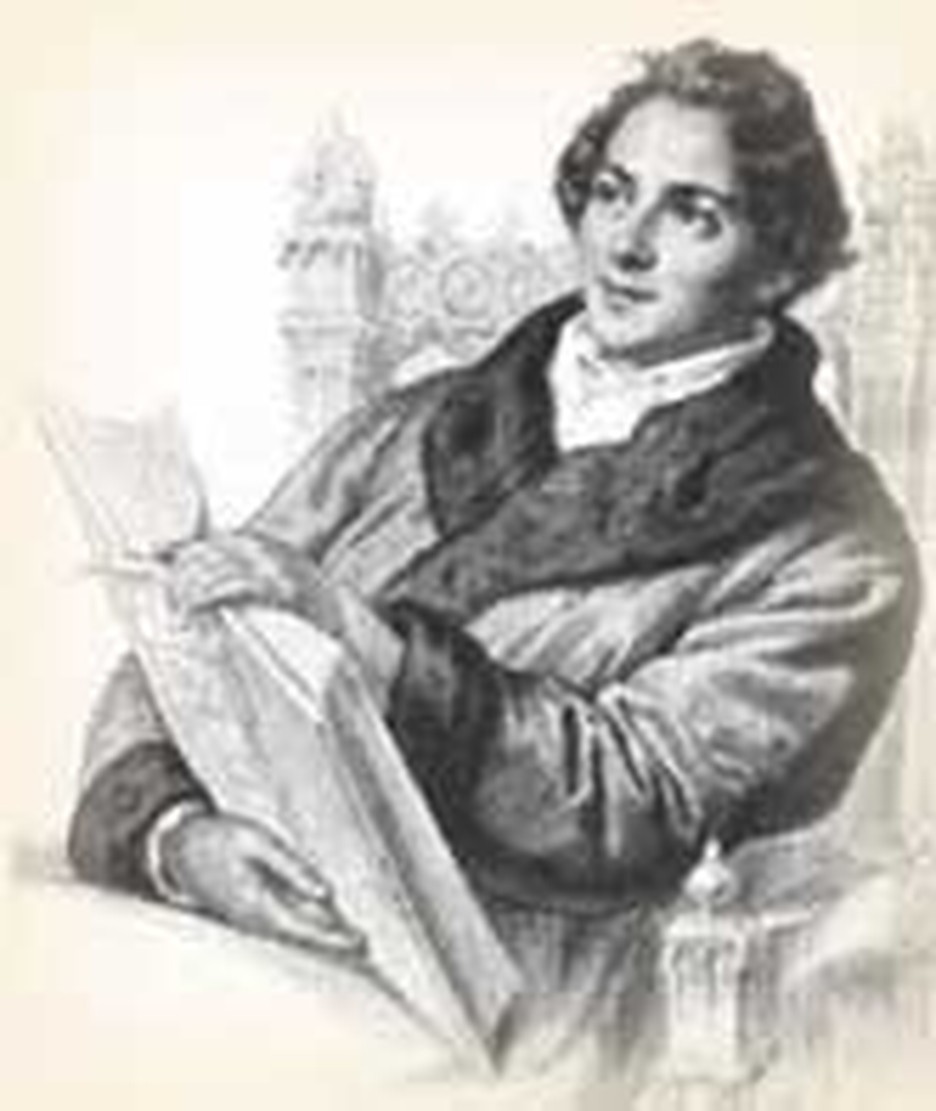
What a Christmas present! On this day, December 24, 1933, a unique and irreplaceable treasure arrived in Great Britain. Copied in about 330, the Codex Sinaiticus is one of the oldest manuscripts of the New Testament in the world.
The manuscript was originally brought to the attention of the world in 1844 when Konstantin Tischendorf discovered some Greek pages in a waste basket in St Catherine's Monastery at the foot of Mount Sinai. Horrified, he learned that some of the precious leaves had already been burned as rubbish.*
Tischendorf was in Sinai because he had resolved to find and study every ancient Bible text he could get his hands on so as to prepare the best edition he could of the actual words as the writers penned them. He attempted to obtain the entire Sinai manuscript then and there. But the monks, seeing his enthusiasm, realized that they might have a valuable relic and drew back.
It would be years before Tischendorf saw the entire priceless manuscript. He feverishly copied sections of the Epistle of Barnabas (which was included with the canon) writing later that he did so because "For two centuries search has been made in vain for the original Greek of the first part of this Epistle, which has only been known through a very faulty Latin translation."
Eventually he was able to persuade the monastery to allow him to borrow the entire New Testament and transcribe its 110,000 lines in the sweltering heat of Cairo. Many of the Greek letters were faded or overwritten. Tischendorf urged the monks to allow him to take the valuable document to Russia for printing. There he overstepped his agreement by presenting the manuscript and some others to the Czar, who had underwritten his researches.
The Russian government soon printed an edition which gave the text to the entire scholarly world of Christendom, a real boon for those who believe the scriptures are the inspired word of God, describing God's desires and His arrangements for our salvation.
How did it come to England? In 1933, the Soviet Communist government was so strapped for cash that they sold the Bible to the British government for £100,000, a fabulous sum in those days. The valuable treasure went to the British Museum. It now resides on permanent display in the British Library along with other early Bible manuscripts.
*According to our correspondents, the current monks of St. Catherine's dispute this account, saying Tischendorf stole the manuscript. We have dealt more fully with this question in our story on Tischendorf at www.christianhistorytimeline.com/DAILYF/2003/01/daily-01-18-2003.shtml.
Bibliography:
- Bentley, James. Secrets of Mount Sinai; the story of the Codex Sinaiticus. London: orbis, 1985.
- Bruce, F. F. The New Testament Documents; Are They Reliable? Grand Rapids, Michigan: Eerdmans, 1971, 1943.
- Tischendorf, Constantin von. When were our Gospels written? An argument by Constantine Tischendorf. With a narrative of the discovery of the Sinaitic manuscript. Tr. and pub. by the Religious tract society in London, under an arrangement with the author. New York: American tract society, 1867.
- "Tischendorf, Constantin." The Oxford Dictionary of the Christian Church. Edited by F. L. Cross and E. A. Livingstone. Oxford, 1997.
- Various encyclopedia and internet articles.
Last updated May, 2007.


.png)